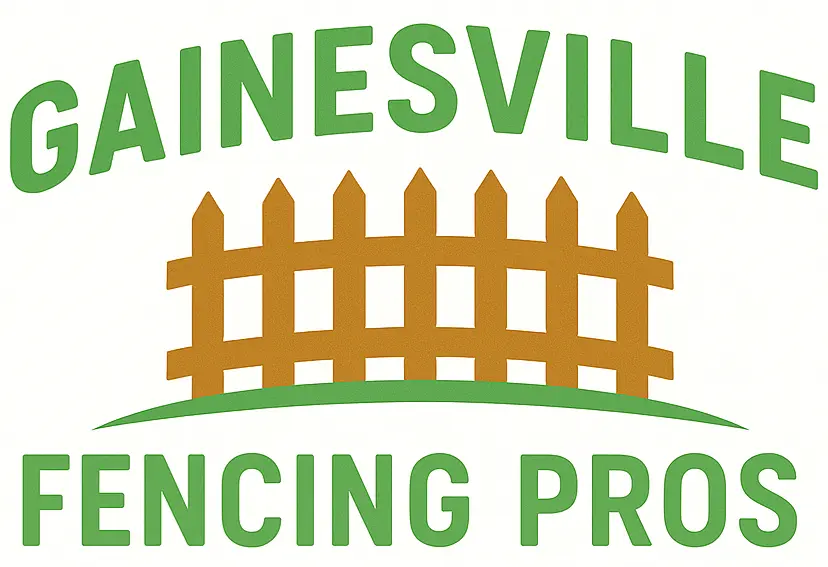Installing a pool fence in Florida is not just a safety measure—it’s a legal requirement that helps protect families and visitors. For homeowners, staying in safety compliance means following state regulations while keeping a secure backyard environment. A strong pool fence lowers liability risks, prevents accidental drownings, and adds to property value.
This checklist makes the emergency pool fence installation Gainesville for process easier by showing the key steps, from selecting durable materials to meeting Florida height rules and gate regulations. Whether you’re planning a DIY installation or hiring a licensed professional, knowing these guidelines helps you stay compliant and confident. With the right preparation, your pool area can stay safe, enjoyable, and fully protected.
What Tools You Will Need To Know For Best Pool Fence Installation in Florida
To complete a pool fence installation effectively, you’ll need several specialized tools:
- Post hole digger or auger: For digging uniform holes for fence posts.
- Measuring tape: To ensure accurate spacing and alignment.
- Level: Keeps posts vertical and panels even.
- Drill with bits: For securing panels and brackets.
- Screwdriver: For tightening screws and fixtures.
- String line and stakes: Helps mark a straight fence layout.
- Concrete mix: Used to anchor the posts securely.
- Wheelbarrow and shovel: For mixing and pouring concrete.
- Protective gear: Includes gloves, safety glasses, and closed-toe shoes.
What to Prepare Before Pool Fence Install in Florida
Before starting your pool fence installation, prepare the following:
- Check local regulations
- Understand height, material, and gate requirements.
- Understand height, material, and gate requirements.
- Obtain necessary permits
- Some cities require a building permit for fence installation.
- Some cities require a building permit for fence installation.
- Measure your pool area
- Measure the perimeter and note obstacles like landscaping or structures.
- Measure the perimeter and note obstacles like landscaping or structures.
- Choose your fencing material
- Options include mesh, aluminum, vinyl, or glass.
- Options include mesh, aluminum, vinyl, or glass.
- Locate underground utilities
- Contact local utility companies before digging.
- Contact local utility companies before digging.
- Clear installation area
- Remove debris, plants, or objects in the planned fence path.
- Remove debris, plants, or objects in the planned fence path.
- Plan your layout
- Use stakes and string to visualize the fence line.
- Use stakes and string to visualize the fence line.
How To Know Your Pool Fence Installation Is Done
Pool fence installation typically follows a structured sequence:
- Layout planning: Mark the perimeter with stakes and string.
- Dig post holes: Use a post hole digger or auger to dig to the specified depth.
- Set posts in concrete: Place each post and secure it with mixed concrete.
- Allow concrete to cure: Wait at least 24–48 hours for proper setting.
- Attach fence panels: Secure the panels between posts using brackets and screws.
- Install the gate: Ensure it’s self-closing and self-latching as per code.
- Final alignment and inspection: Use a level to verify accuracy and compliance.
Safety and Access Tips for Professional pool Fence Installation
- Wear protective gear: Use gloves, eye protection, and sturdy footwear during installation.
- Secure the area: Keep children and pets away from the worksite.
- Check for underground hazards: Avoid hitting buried pipes or cables.
- Provide clear access: Remove obstacles to allow easy movement of tools and materials.
- Ensure gate safety: Install child-proof latches and test them thoroughly.
Post-Service Maintenance for Pool Fence Installation
Maintaining your pool fence ensures its long-term functionality and appearance:
- Regular inspections: Check for loose bolts, rust, or damaged panels monthly.
- Clean periodically: Use water and mild detergent to clean the fence.
- Lubricate hinges: Apply silicone spray to gate hinges twice a year.
- Touch up finishes: Repaint or reseal if needed to prevent corrosion or wear.
Regional Tips for Pool Fence Installation in Florida
For Florida, consider the following:
- Weatherproof materials: Opt for rust-resistant aluminum or coated steel due to Florida’s humidity.
- Hurricane readiness: Secure posts with deeper concrete footings.
- Code compliance: Florida may require specific gate features—check local laws.
- Seasonal scheduling: Install fences in the cooler months to avoid peak heat and humidity.
Conclusion: How Pool Fence Installation Checklist Helps You
Using a detailed checklist for pool fence installation improves planning, ensures safety, and prevents missed steps. It helps homeowners budget correctly, gather all needed tools, and follow legal guidelines. Whether doing it yourself or hiring a pro, a checklist makes the process smoother and more efficient.
FAQ: Common Questions About Pool Fence Installation
Most regulations require a minimum height of 4 feet, but local laws may differ.
Yes, many municipalities, including Florida, require permits for pool fence installation.
Yes, DIY installation is possible if you’re comfortable using tools and following code.
Aluminum and mesh fences are popular for their durability and safety.
Professional installations typically take 1–2 days, depending on size and material.
